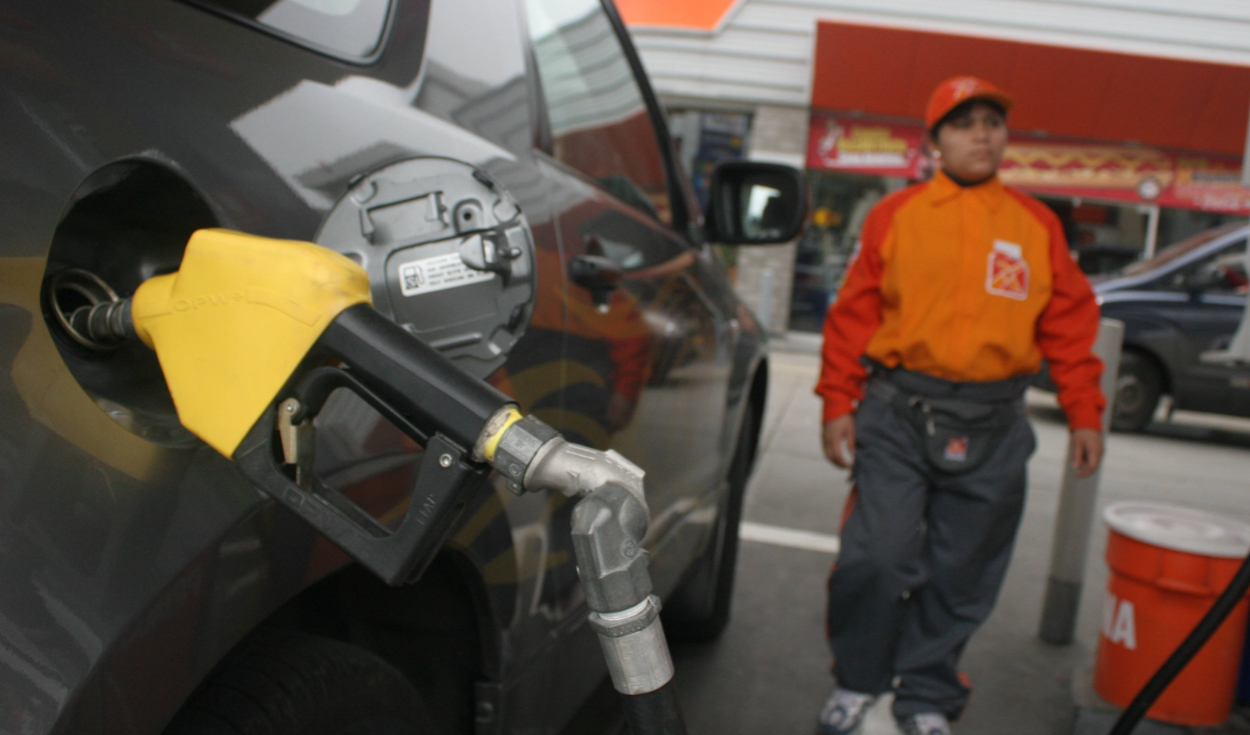
After the confirmation of anomalous waves in our country until next Sunday, January 7, according to the Harbor Master’s Office (Dicapi), the normal supply of LPG in the domestic market begins to suffer its first damage. If it worsens, the arrival of other fuels could also be affected.
Petroperú has confirmed that the Talara terminal will remain closed until Sunday, although it only supplies LPG to 8% of the country, especially to the north and by land (tanker truck). The problem will occur on the rest of the coast as the days go by, if sea conditions do not improve. Even several container ships were unable to unload in Callao yesterday.
Lima concentrates more than 60% of national LPG consumption, and Lima is supplied by ship with LPG that arrives from the Peru LNG plant in Pisco. Precisely, Pluspetrol’s Pisco-Camisea Marine Terminal remains on red alert. The ships with gas do not leave.
In any case, the ships would not be able to arrive at the capital either, because the terminals that receive LPG in Callao remain partially closed. From there the fuel is taken to the Solgás and Zeta Gas spheres, where it is stored and then supplied to the different taps in the city.
There is no shortage of supplies, but there is a relative shortage that triggers prices. The problem is that the faucets are generally out of stock for more than two or three days. Therefore, every time there are waves for more than five days, the problems of endless queues throughout the city begin. If you are a taxi driver, avoid the lines by switching to natural gas.
But it is not that the south is unscathed. What happens when LPG cannot reach Lima by ship? The tappers are going to bring it by land, in tankers. That is where they meet truckers from Arequipa, Cusco, Puno, etc., and the long lines that have become a tradition on the Panamericana Sur, in Pisco, form every time there is rough sea.
This problem with LPG and waves, specifically, is not the fault of the Government or, in any case, not of it, but of everyone. It is part of the energy insecurity that has always spread in Peru, and that has caused LPG to arrive by sea, instead of a logical pipeline.
Source: Larepublica
Alia is a professional author and journalist, working at 247 news agency. She writes on various topics from economy news to general interest pieces, providing readers with relevant and informative content. With years of experience, she brings a unique perspective and in-depth analysis to her work.












